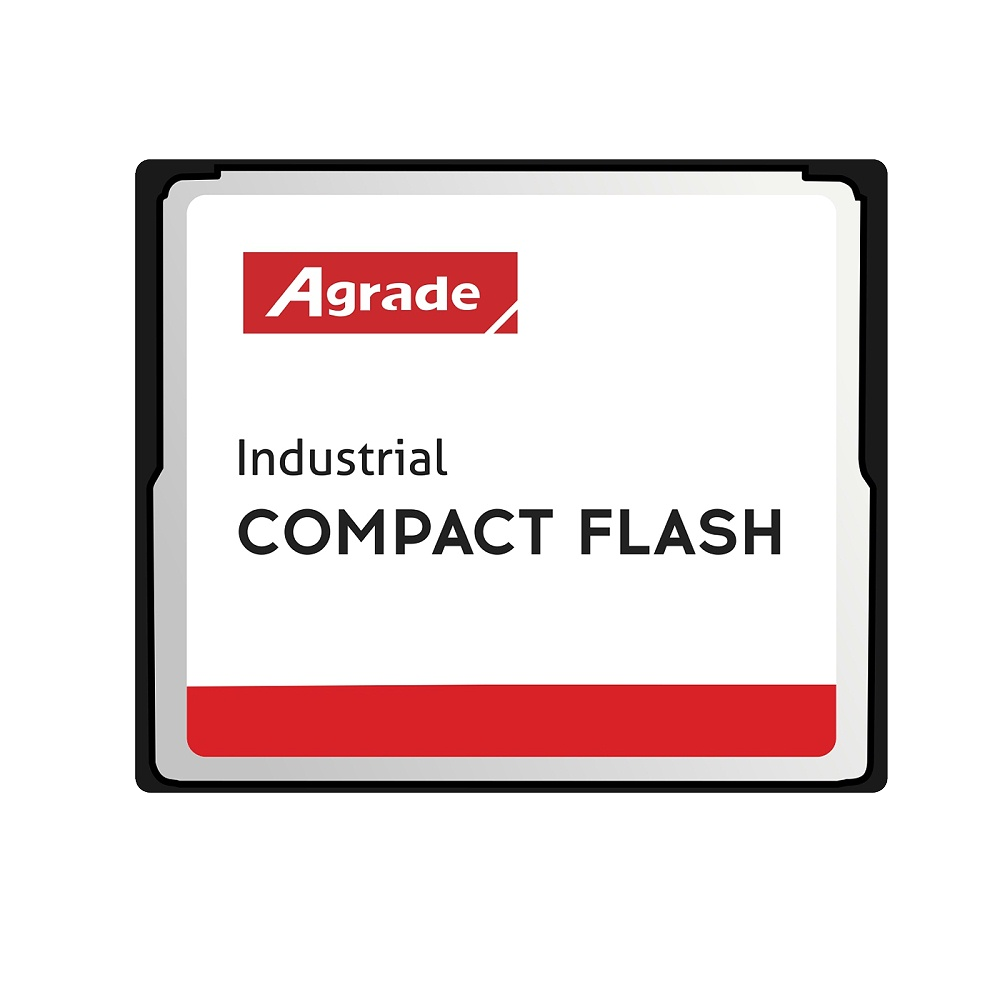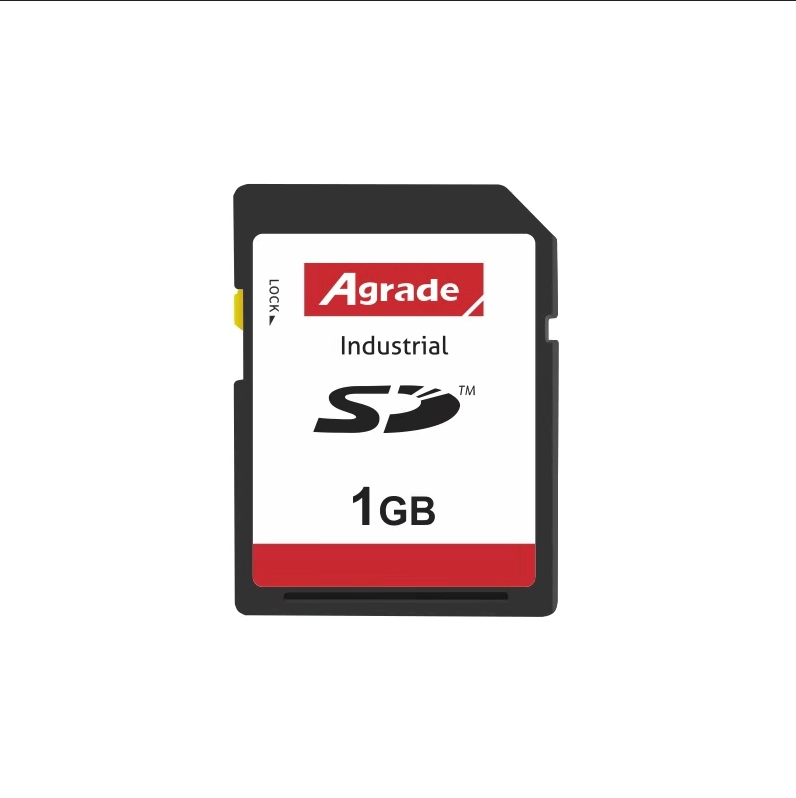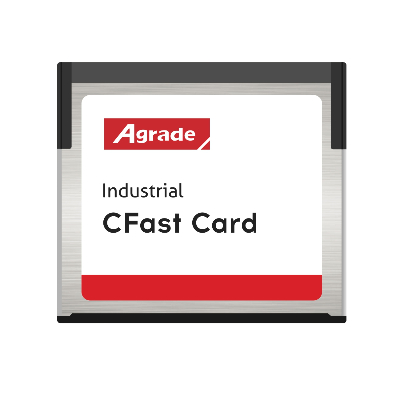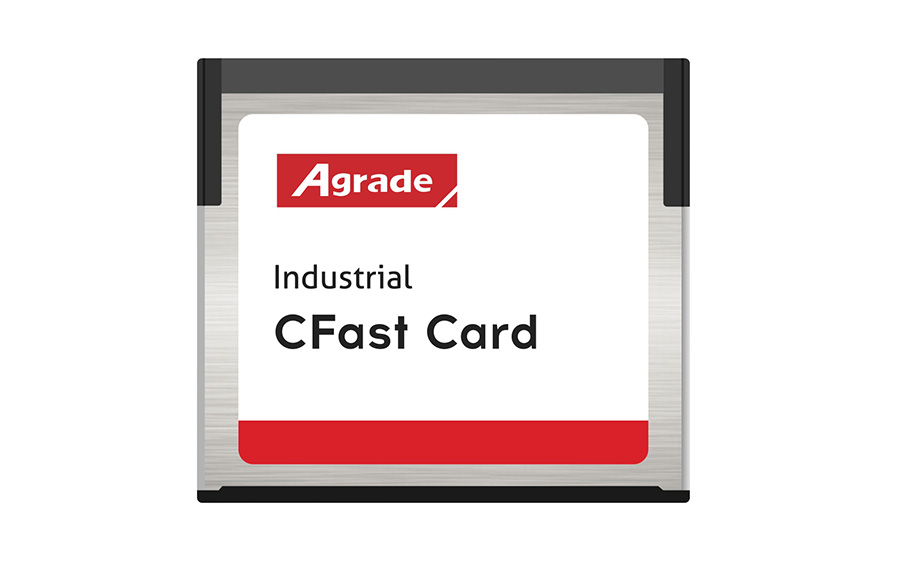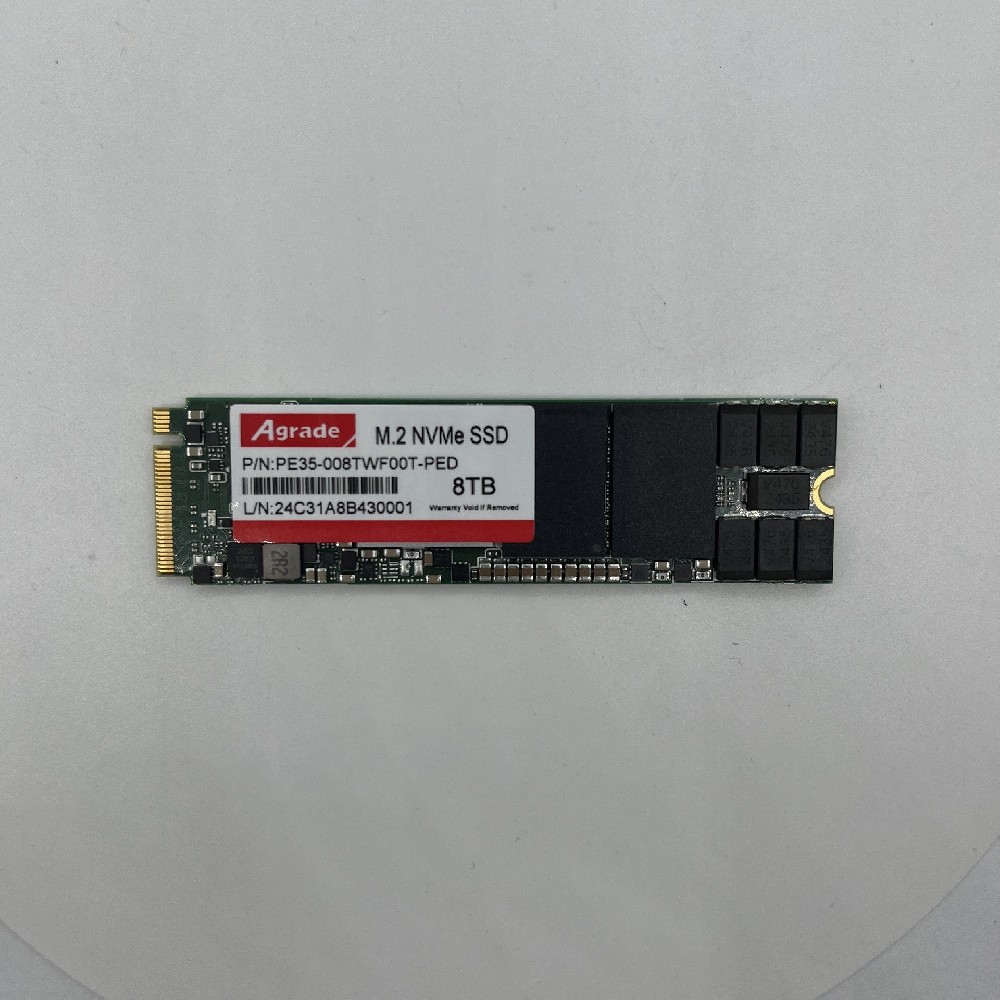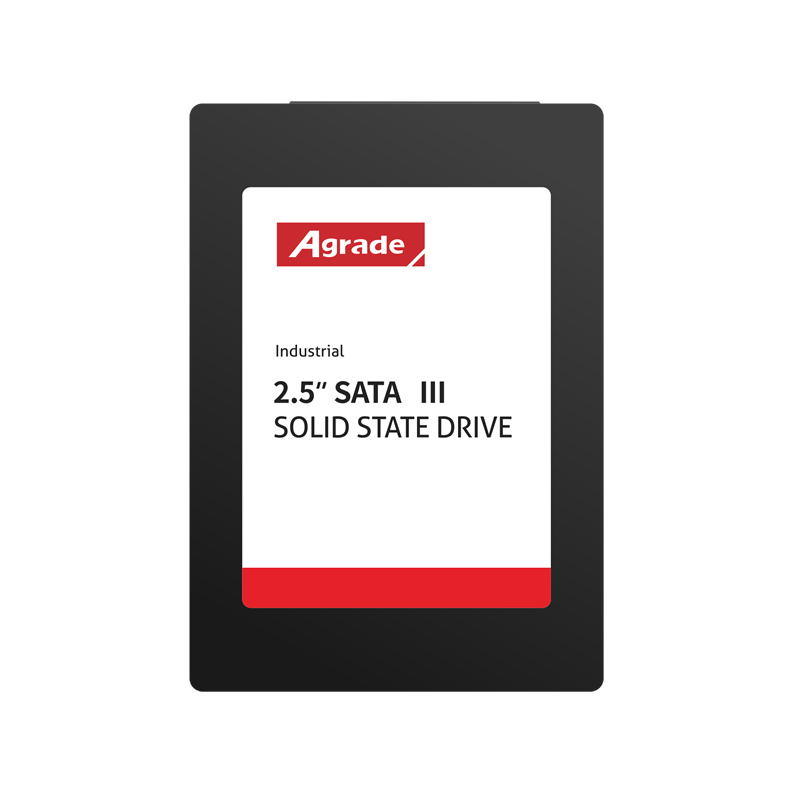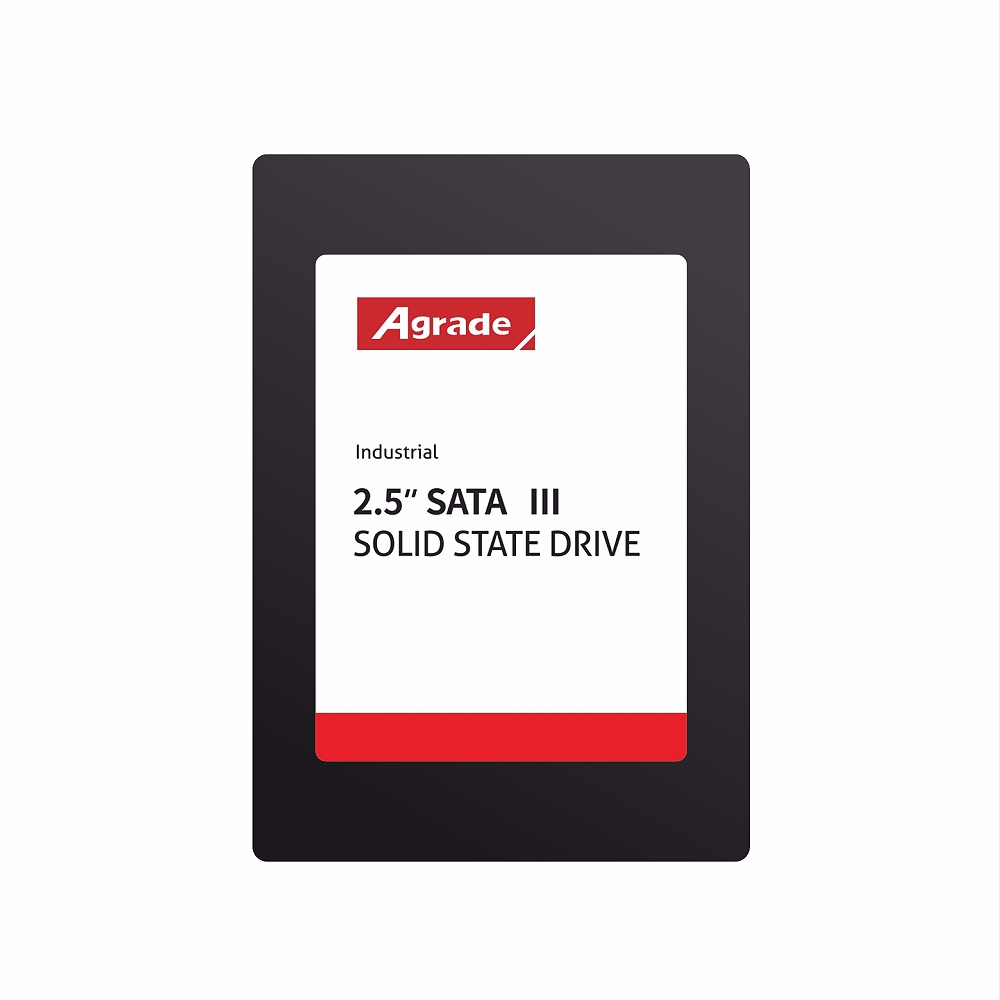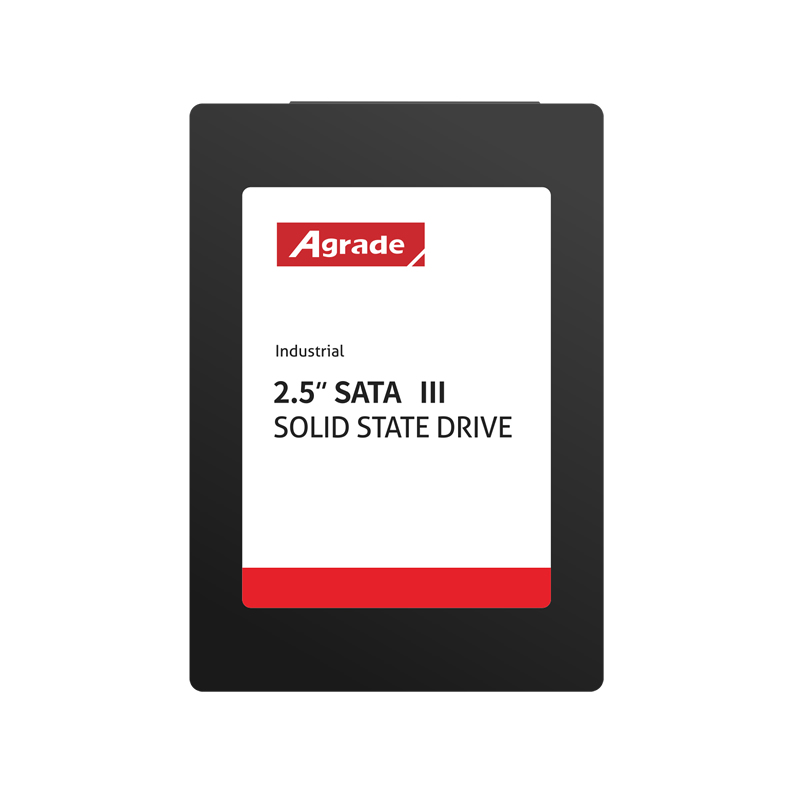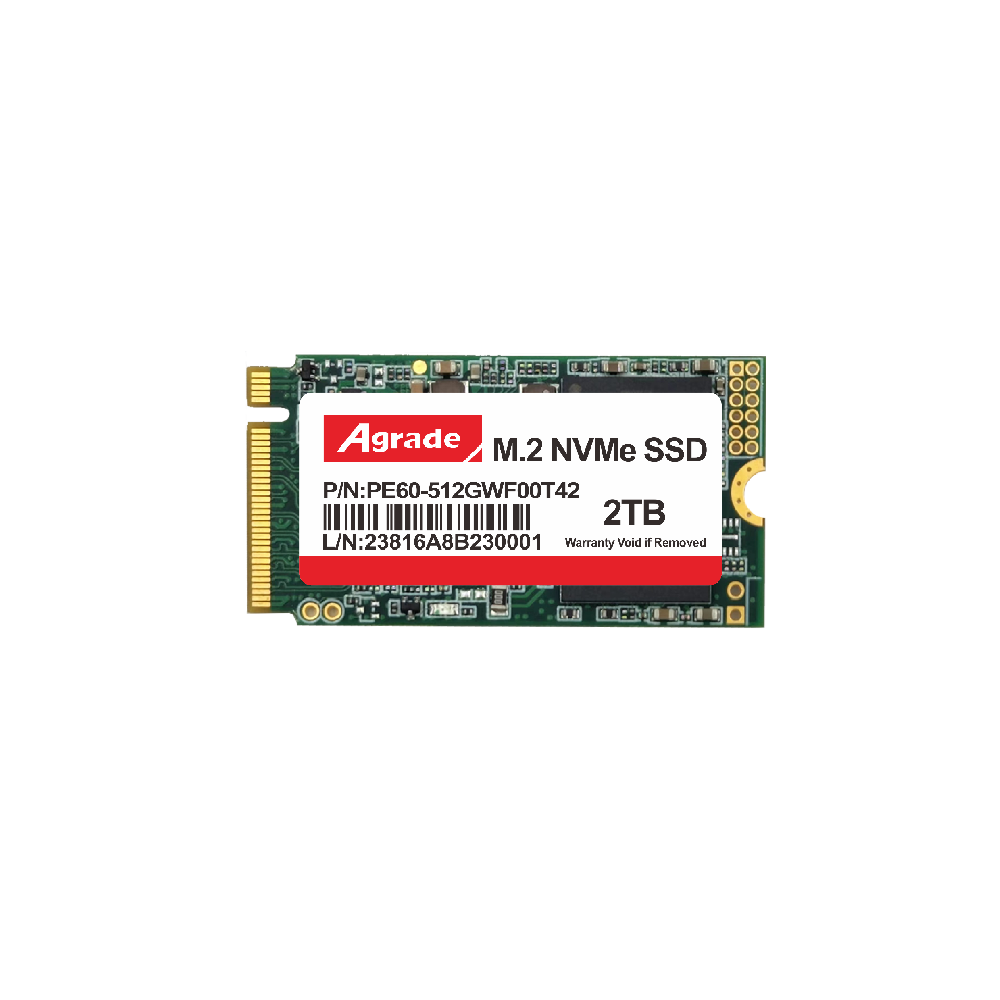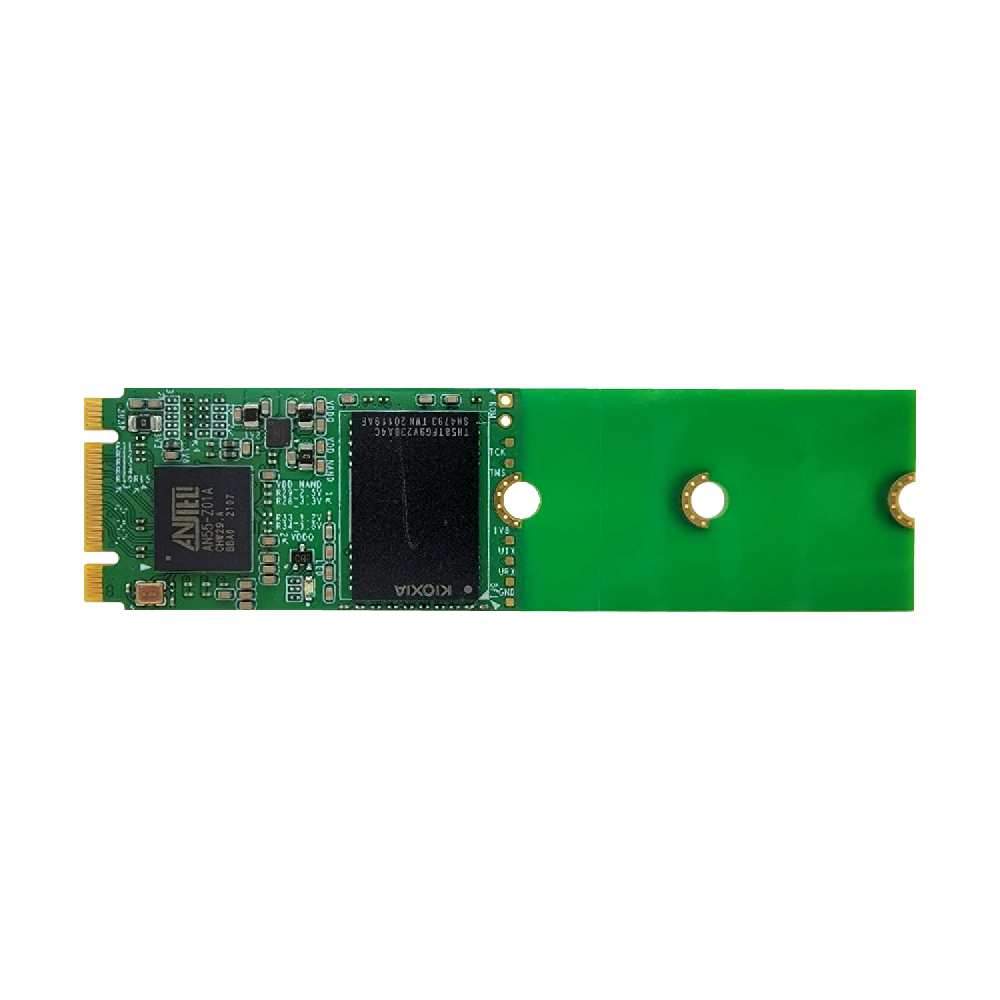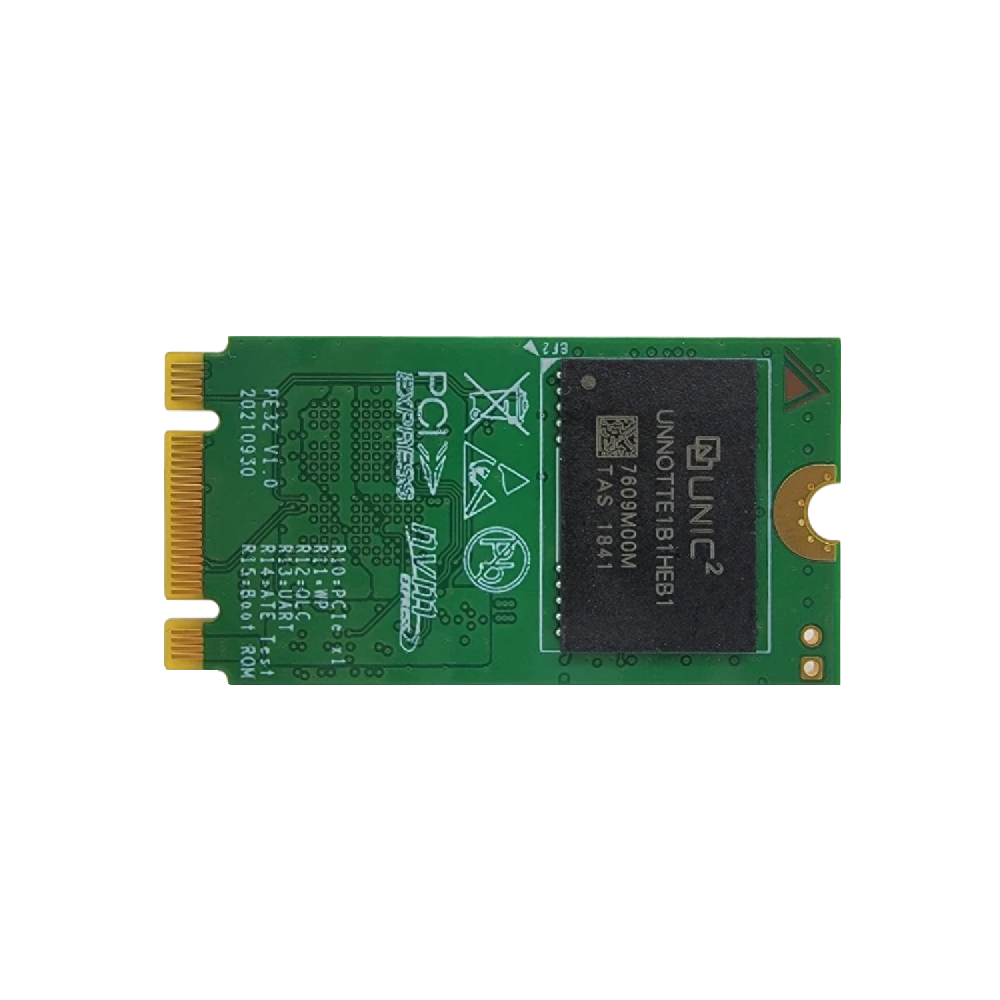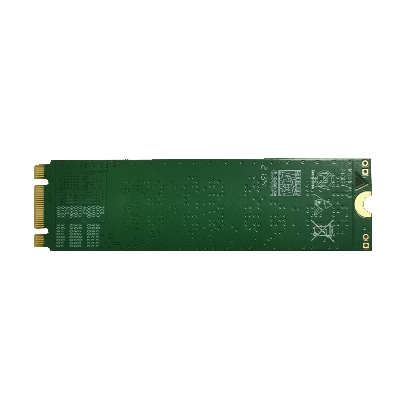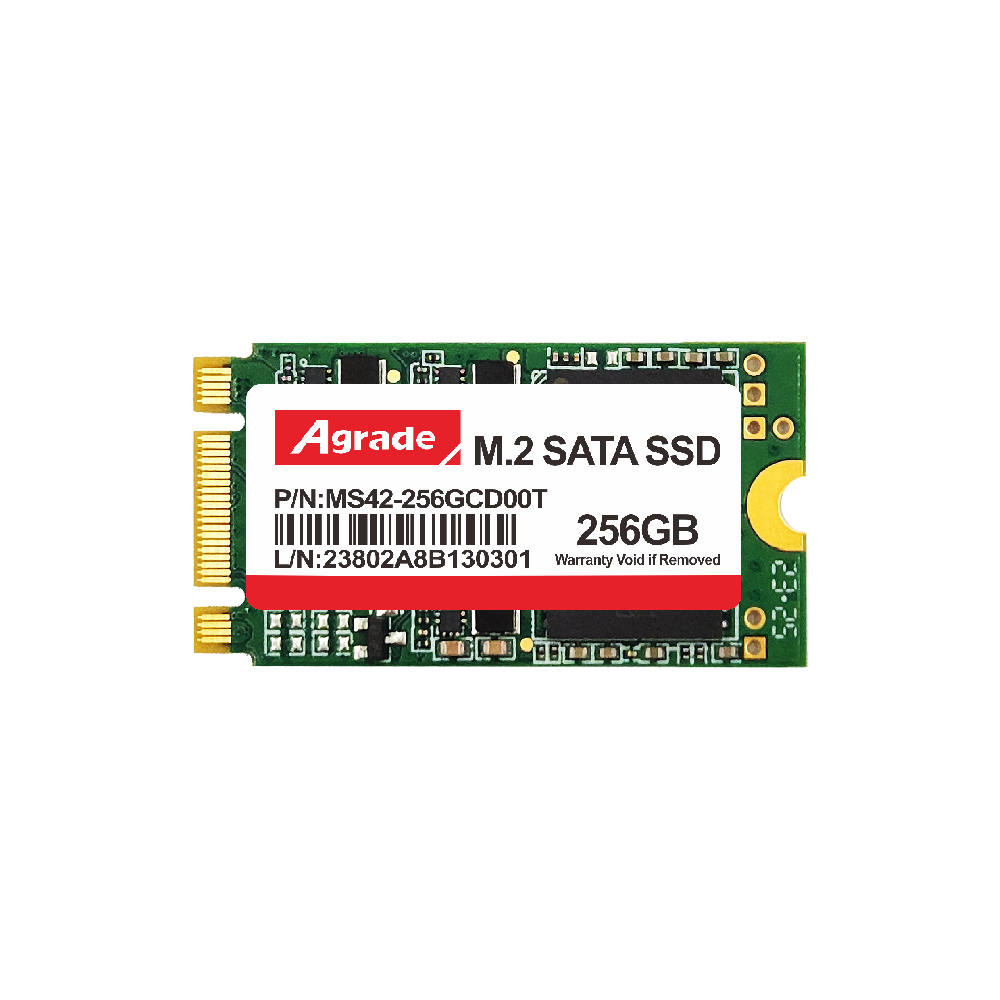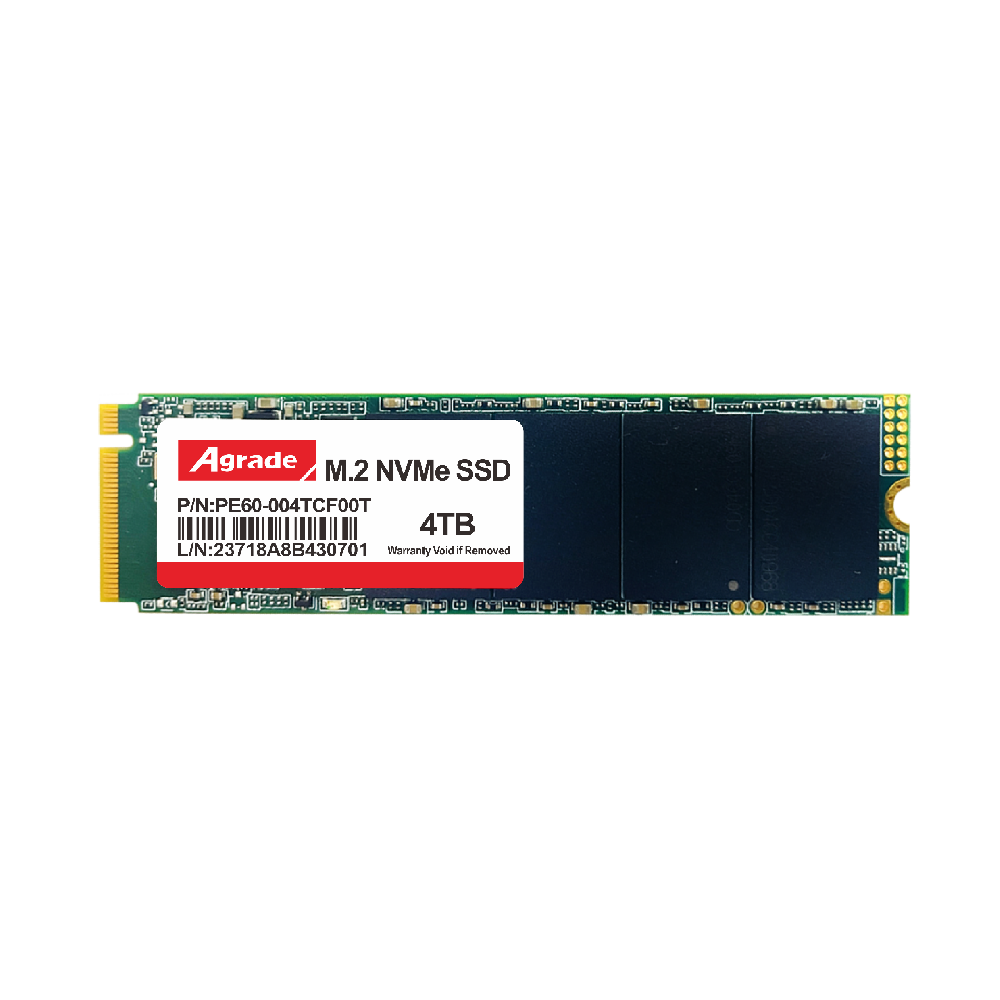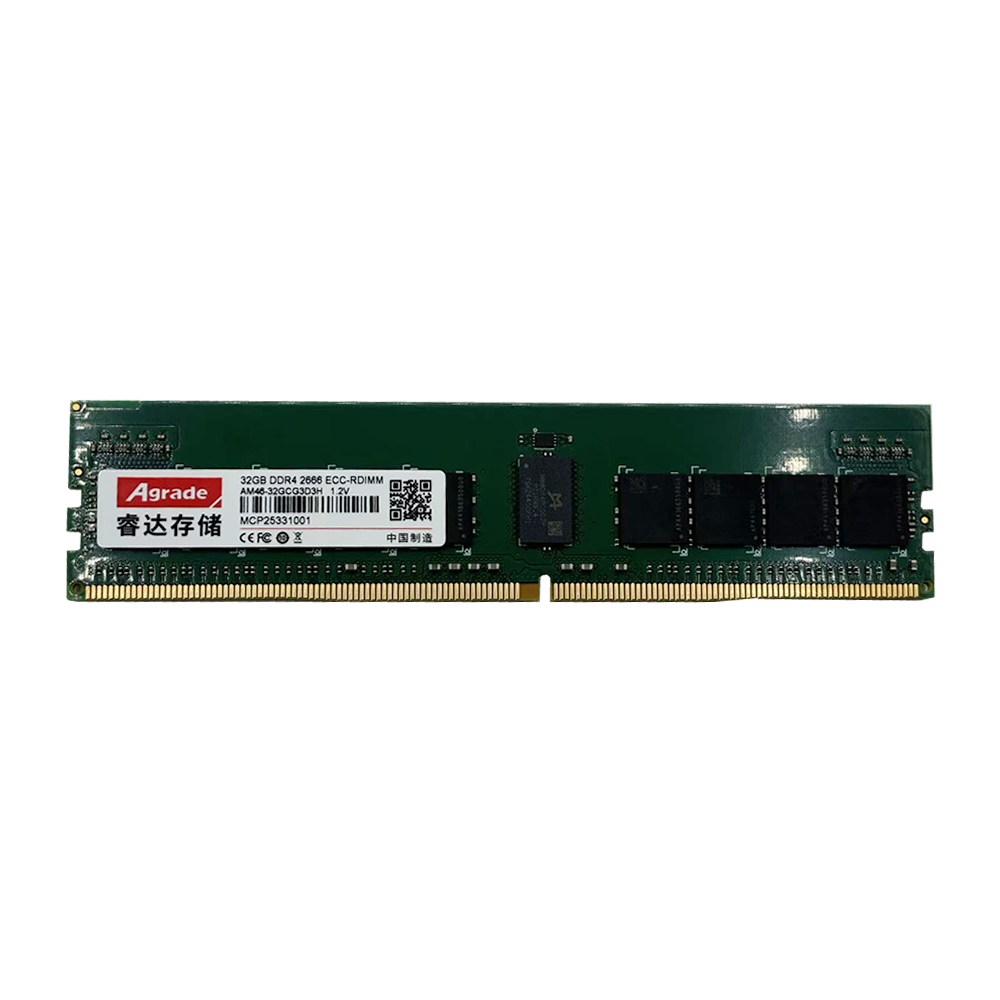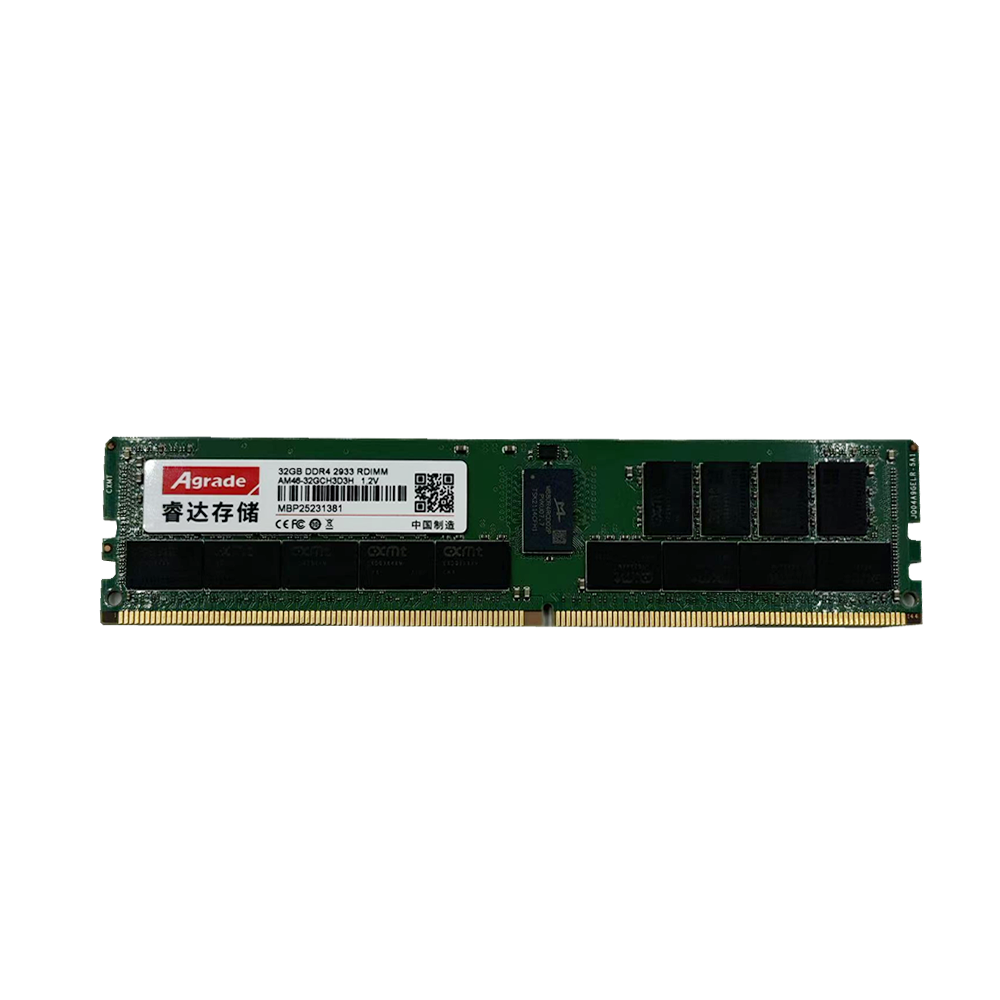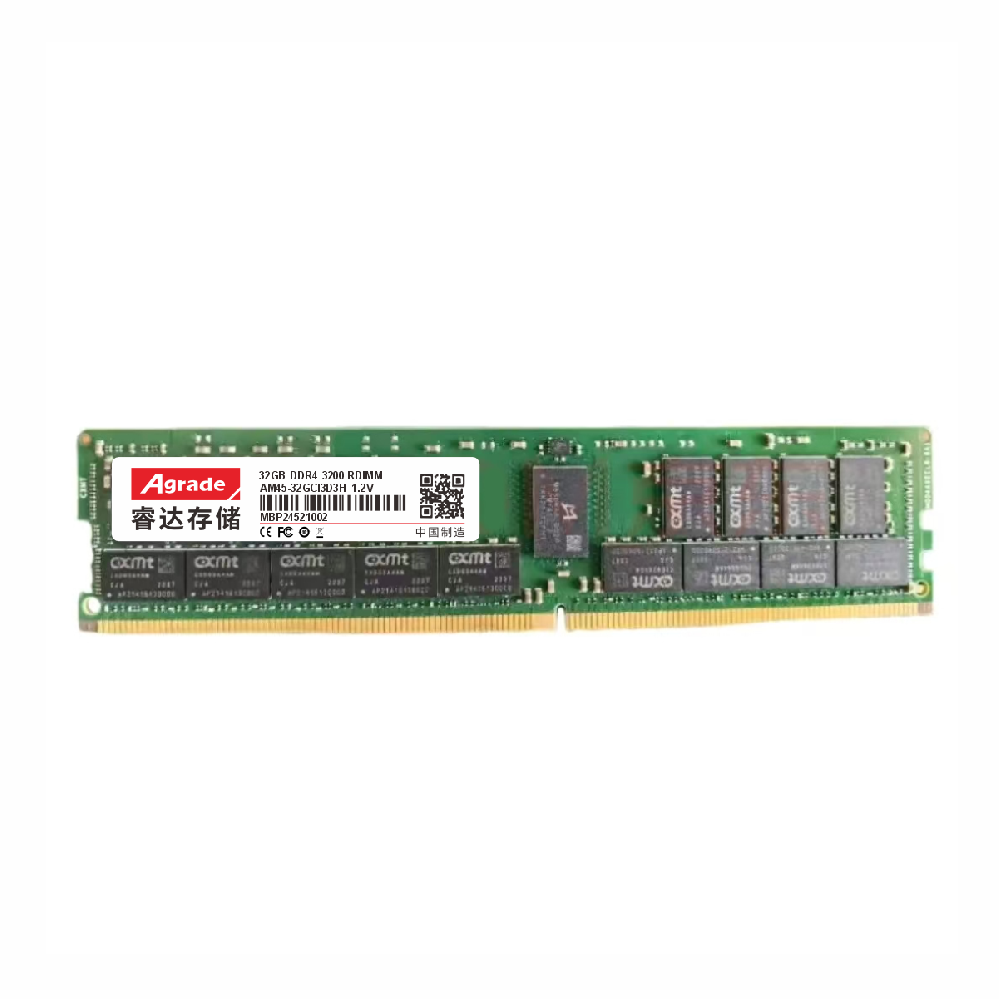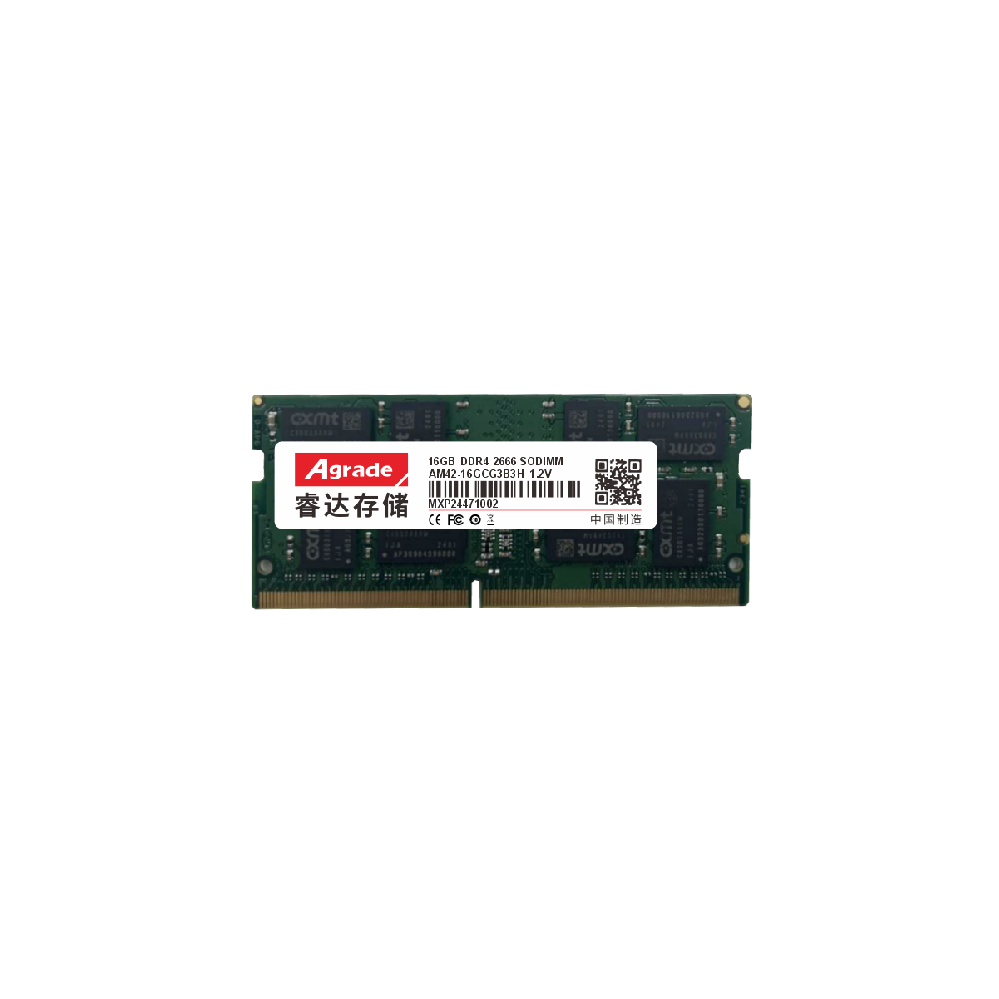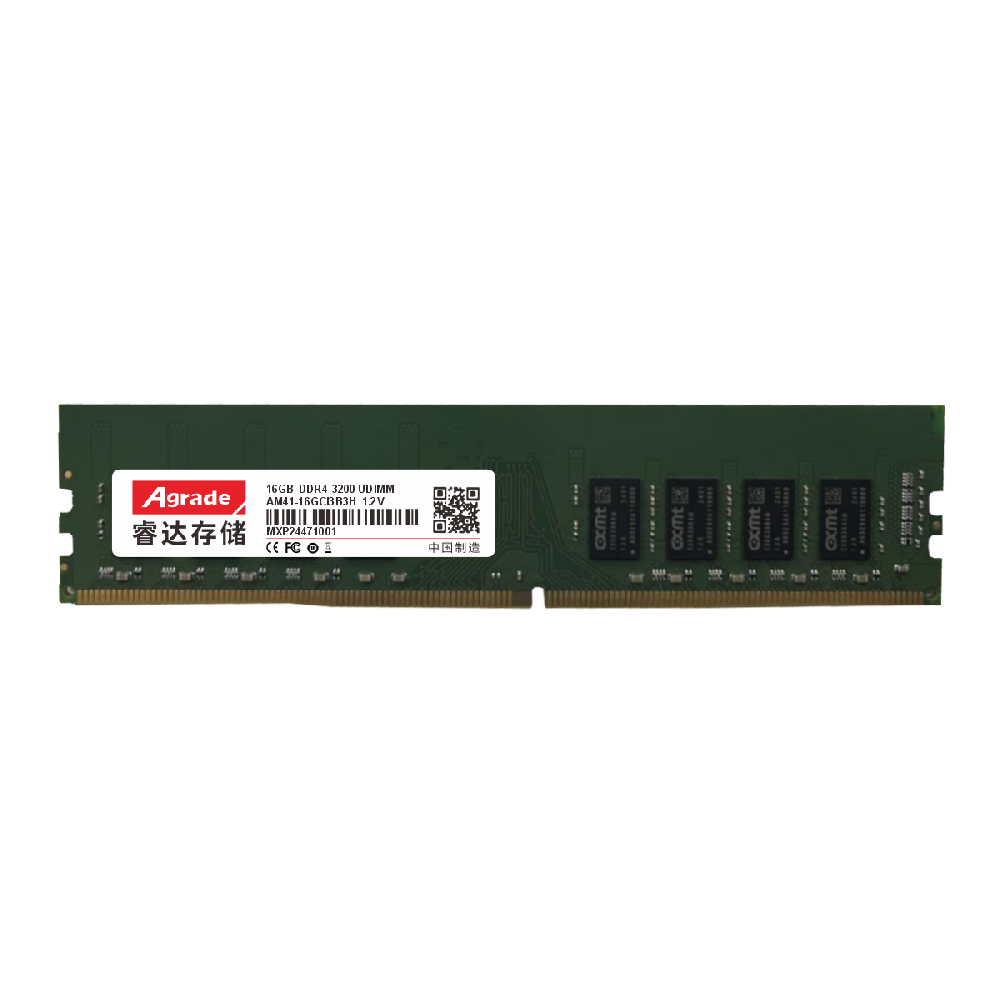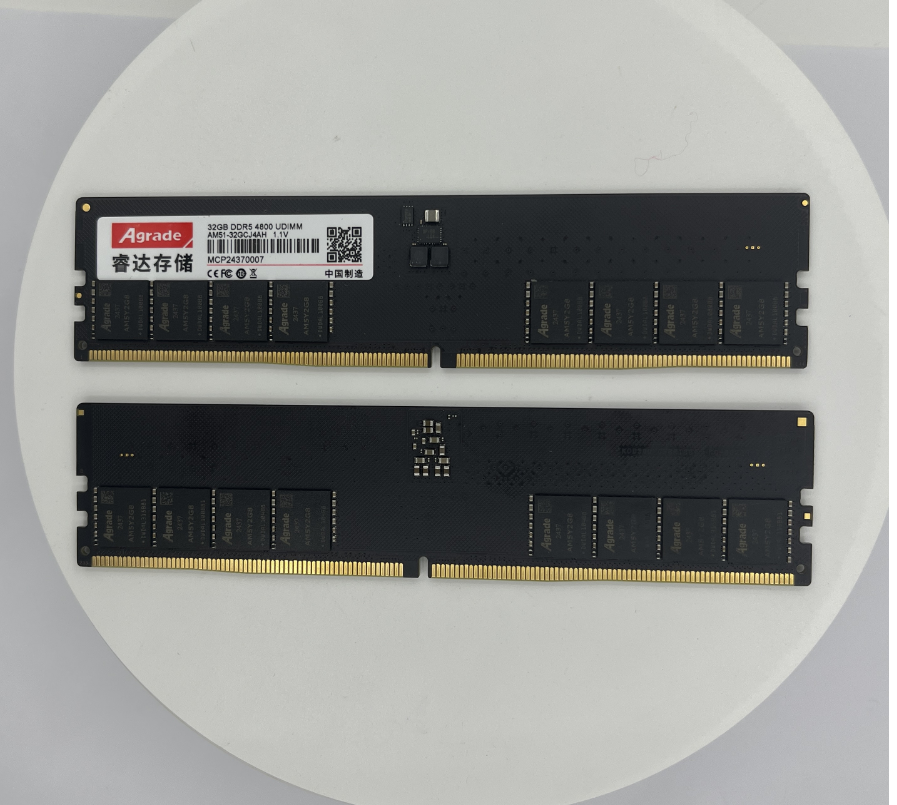

News
 电商部
电商部  2025-10-29 16:27:08
2025-10-29 16:27:08 What are the characteristics of solid-state drive flash memory types: SLC, MLC, TLC, QLC?
In the world of solid-state drives, the type of flash memory determines the performance, lifespan, and cost of the hard drive. At present, the mainstream types of flash memory include SLC, MLC, TLC, and QLC, each with its own characteristics, providing diverse choices for users with different needs.
SLC (Single Level Cell)
SLC flash memory only stores 1 bit of data per storage unit, making its structure the simplest. From a performance perspective, SLC flash memory has extremely high read and write speeds, with write speeds typically easily reaching over 200MB/s and read speeds exceeding 500MB/s. Due to its simple structure, SLC flash memory has a very long erase and write life, generally exceeding 100000 times, which means it can maintain stable performance even under long-term high-intensity use.
The advantage of SLC lies in its extremely high stability and reliability, making it very suitable for enterprise level applications that require high read and write speed and data security, such as storage arrays in data centers. However, its relatively high cost limits its widespread application in the consumer market.
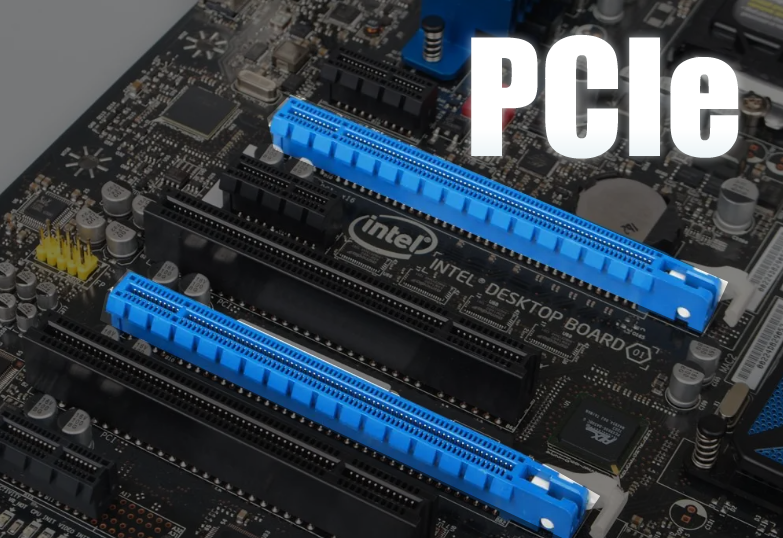
MLC (Multi Level Cell)
MLC flash memory stores 2 bits of data per storage unit, and although slightly inferior to SLC in performance, it still has good performance. The write speed is generally between 50-150MB/s, and the read speed can reach 300-500MB/s. In terms of erase life, MLC flash memory has approximately 3000-10000 cycles, which is slightly lower than SLC, but still able to meet the usage needs of most users.
The advantage of MLC flash memory lies in finding a good balance between performance and cost. It not only provides relatively high read and write speeds, but also has a lower cost than SLC flash memory, thus occupying an important position in the early consumer grade solid-state drive market and widely used in devices such as laptops and desktops.
TLC (Triple Level Cell)
TLC flash stores 3 bits of data per storage unit, and as the storage density increases, its performance and lifespan also undergo some changes. The write speed of TLC flash memory is generally between 10-50MB/s, and the read speed is around 200-400MB/s. The erase life is approximately 1000-3000 times.
The biggest advantage of TLC flash memory is its low cost. By increasing the data storage capacity of each storage unit, it significantly reduces the production cost of solid-state drives, allowing solid-state drives to enter the market of ordinary consumers at a more affordable price. In addition, with the continuous advancement of technology, the read and write performance of TLC flash memory has also been improved to some extent by adopting SLC caching technology and other means. In daily office, entertainment and other application scenarios, it can meet the needs of most users.
QLC (Quad Level Cell)
QLC flash memory stores 4 bits of data per storage unit, making it the highest density flash memory type currently available. Due to the significant increase in storage density, its cost has been further reduced, making high-capacity solid-state drives more affordable. However, QLC flash memory is relatively weak in terms of performance and lifespan. The write speed is usually between 5-15MB/s, the read speed is around 100-300MB/s, and the erase life is generally between 300-1000 times.
Despite the shortcomings of QLC flash memory, its large capacity and low-cost advantages are highlighted for users who have high storage capacity requirements but do not have particularly high read and write speed requirements, such as data warehouses, monitoring storage, and other scenarios. Moreover, with the continuous development of technology, manufacturers are constantly optimizing the performance and lifespan of QLC flash memory, gradually making it a more competitive type of flash memory.
Overall, SLC has excellent performance but high cost, MLC balances performance and cost, TLC is popular in the market due to its cost-effectiveness, and QLC meets specific needs with large capacity and low cost. Users can choose the appropriate type of solid-state drive flash memory according to their own usage scenarios and needs.

